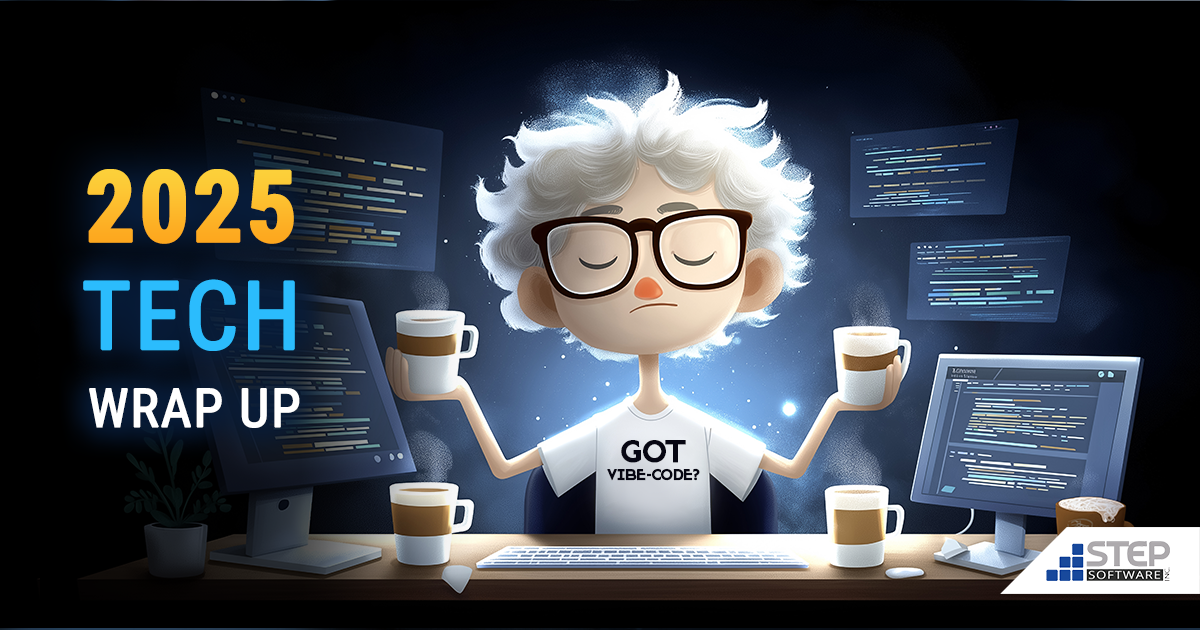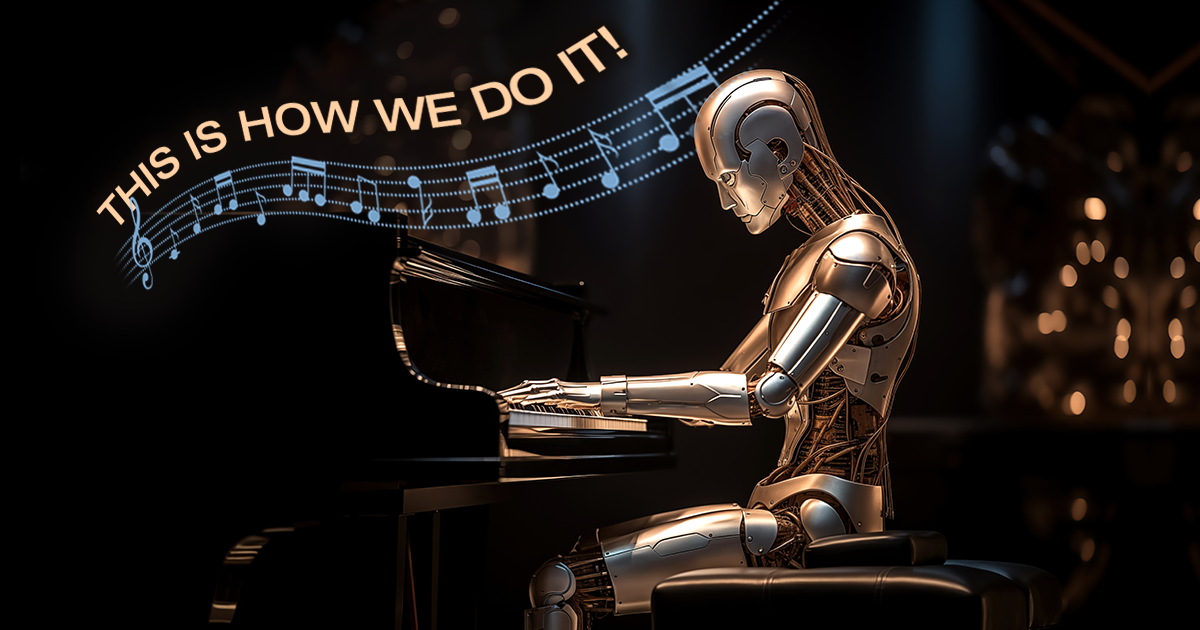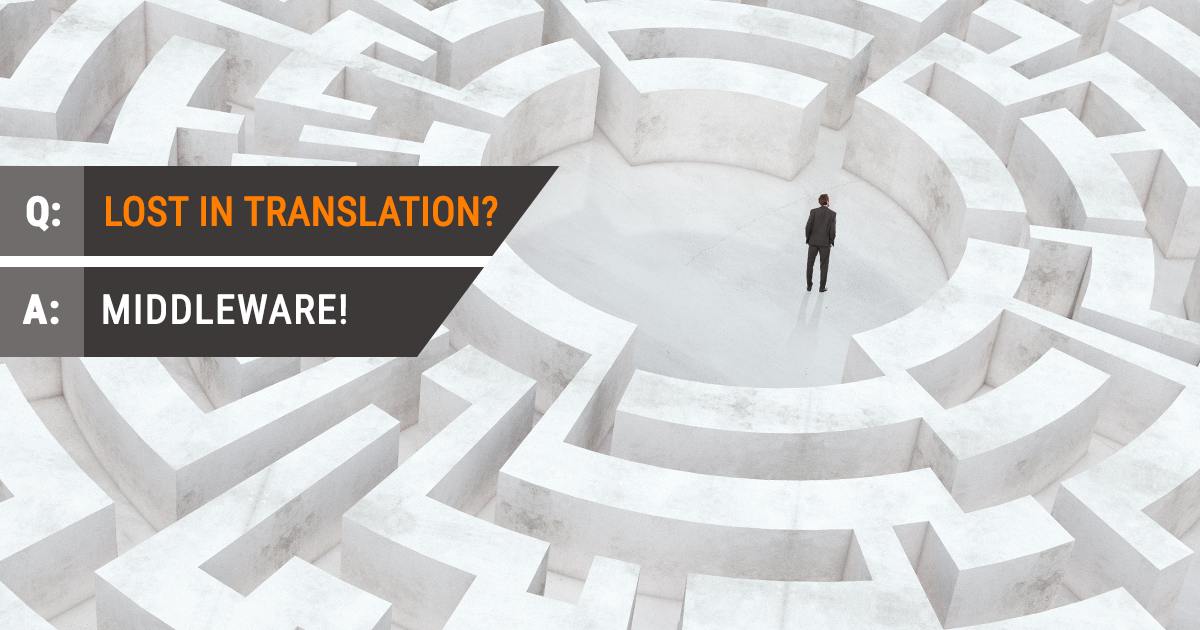Tag: software development
With version 2025 nearing EOL (end of life) and legacy calendars reminding us to upgrade to the new version, all of us at STEP Software want to take a moment to wish our clients, partners, and fellow technology enthusiasts a very happy holiday season and a smooth migration to the New Year.
For us, this season is about gratitude, diversity and elegant lines of code — and we have plenty of all three.
At STEP, diversity is part of our core architecture — it’s in the people we hire, the clients we serve, and the languages, frameworks and platforms we work with. Whether it’s a...
Reflecting on 2025: What We Learned (and Shared) About Legacy Software
As we prepare to flip the final page on 2025’s calendar, we’ve been taking some time at STEP Software to reflect — not just on the year in technology, but on the conversations we were fortunate enough to be part of. This year, more than any other, our blogs focused on one topic that kept surfacing in nearly every client conversation: legacy software.
That focus wasn’t accidental.
Why Legacy Software Became the Heart of Our 2025 Content
Throughout 2025, we saw a clear pattern across industries. While AI, cloud platforms, and automation tools were moving at breakneck speed, many...
2025: Software Trends: “Code, Chaos & Cloud”
2025 has been a wild ride. As a tech or business leader, you’ve likely seen some long-teething experiments finally bloom, and others crash spectacularly. We sure did!
Back in 2023 we started an annual ‘tech wrap up’ blog, where we highlight cool gadgets or significant technology advancements. But with this year being so radical (both revolutionary and extreme) we’ve decided to focus on trends that shaped software, infrastructure, and risk.
Think of this year’s installment as ‘preparatory research’ to help formulate your 2026 resolutions, both professional and technical.
🔧 2025’s...
2026 IT Budgets – Shiny Stuff vs. Boring Things
You want to buy the shiny stuff in 2026 — AI platforms, GPU servers, and all the cloud horsepower, and who wouldn’t? But economic repositioning, geopolitical anxiety and evolving stakeholder expectations are generating uncertainty for many business leaders. With all the chatter on those shiny new pennies, companies often forget the critical, albeit boring parts. Legacy systems, talent reskilling, or smart outsourcing often miss the budget ledger. But those “boring” things are what will let the shiny stuff pay off and help KTLO (keeping the lights on) during the ambiguity of the next...
10 Cybersecurity Questions to Ask Your Software Vendor (Before You Sign Anything)
When you hire a software development firm, you’re not just buying code; you’re trusting someone to build a digital extension of your business. It’ll hold your data, power your operations, and (if done wrong) provide a nice open window for cybercriminals to crawl through.
We’ve compiled a list of questions to help you ensure your custom software is not a cyber-liability. No technical degree required; you just need to know what to listen for.
Q1: Do you follow a Secure Software Development Life Cycle (SDLC)?
This is software lingo for “Do you think about security from the...
Document Like Your Code Depends on it!
The Most Important Thing Nobody Wants to Write
Documenting software is the software developer equivalent to washing your windows.
Ask any developer how they feel about documentation, and you usually get a sigh, a grimace, or possibly a vague promise that they’ll “get to it later.” Unfortunately, just like windows, later means, harder, more work and in the worst-case scenario, a complete renovation. When “later” turns into “never”, organizations pay the price with onboarding delays, security gaps, and in some infamous cases — catastrophic project failures.
As most IT pros...
What the Fuzz?
Fuzz Testing: Breaking Things on Purpose (So Hackers Can’t Do It First)
One of our recent blog posts – The 90-90 Aphorism brought up the subject of ‘fuzzing’, which led to several rabbit hole conversations with our team. Many of the non developers on staff assumed it was a made-up term, an autocorrect incorrect, a typo missed during our collaborative blog writing and editing process. As with all things nerdy here at STEP, we embrace every opportunity presented to increase our knowledge or share our expertise.
Thanks to our development team and their passionate referrals to sources...
SDLC: Software’s Sheet Music
♪♫ This is How We Do It ♪♫
Whether you are a tech savvy business leader who eagerly anticipates finding the newest hit on SoundCloud or are a more traditional leader who prefers a harmonic acoustic session around the bonfire, seeking a company to help turn your “great idea” into software that sings can feel like a daunting task.
Often, leaders focus on what the solution will do for their business, without concern for how its going to be built. They can see the full album complete with digital downloads and liner notes from the newly minted vinyl edition but not the sheet music or...
The 90-90 Aphorism of Great Software
Why 180% = 100%
Aphorism /ˈafəˌrizəm/ noun
“a short clever saying that is intended to express a general truth”
The 90-90 rule in software is the persistent illusion of “it’s almost done”. Tom Cargill of Bell Labs coined this aphorism back in 1985:
“The first 90% of the code accounts for the first 90% of the development time. The remaining 10% of the code accounts for the other 90% of the development time.”
You read that right, 180%. Welcome to software engineering.
180% = 100%, Really?
Yes, really!
If you’ve ever...
Middleware: The Smart Path to Legacy Modernization
Keeping on trend with our focus this year of writing about Legacy Software and budget conscious strategies to modernize them, we turn to Middleware and how it can help bridge the gap between legacy systems and modern applications.
For many organizations, legacy systems still power their core operations. They are proven, reliable work horses that are increasingly expensive to maintain. Businesses are continuously looking at ways to do more with less as budgets are trimmed while systems are expected to chug along at the expense of innovation and modernization.
Last week we touched on...









